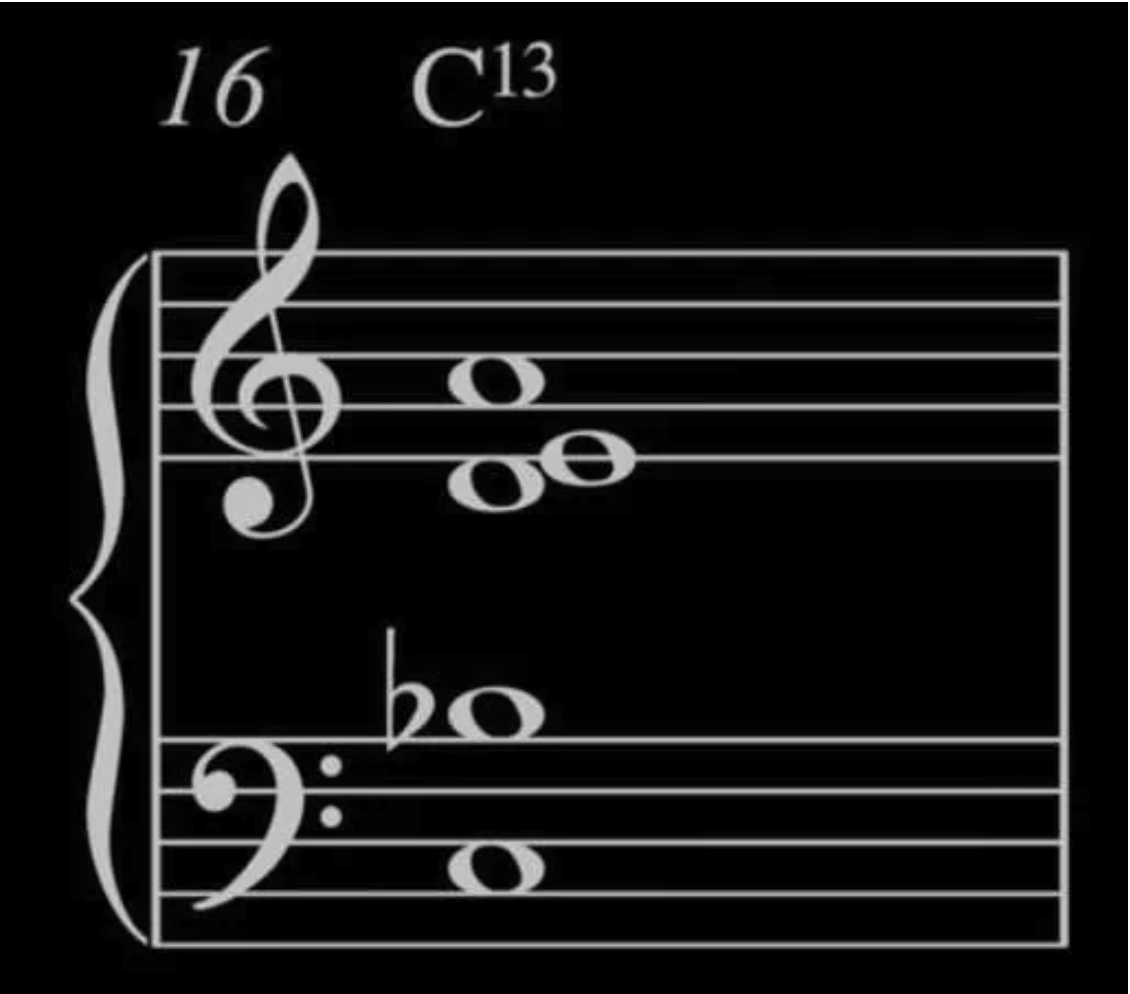Hey everyone! Today, we’re diving into a topic that I know many musicians struggle with: reading and counting rhythms. Let’s be real—learning to count rhythms accurately can be one of the most challenging parts of music, especially for those of us who feel confident in other areas like scales, chords, or music theory.
If you’re finding that counting is holding you back, you’re definitely not alone! I’ve been there myself and have worked with countless students over the years who felt exactly the same way. Rhythmic skills aren’t always something that clicks naturally. But, the good news? Like any other skill, rhythm counting is something you can improve with the right practice techniques and a few helpful tools.
Step 1: Start with a Simple Counting System
The first step in getting better at rhythm is to have a reliable counting method. For beginners, the simplest and most effective way to count is using a basic “1+2+3+4+” system for eighth notes. Here’s a quick breakdown of how this works:
- Quarter notes: Count “1, 2, 3, 4” (one number per beat).
- Eighth notes: Count “1 + 2 + 3 + 4 +” (the “+” is for the space between beats).
- Sixteenth notes: Count “1 e + a 2 e + a 3 e + a 4 e + a” (this system gives each subdivision a syllable).
Once you’ve got this method down, you’ll find it helps to solidify your internal rhythm, which is crucial for any musician.
Step 2: Incorporate Triplet Counting
One of the trickiest aspects of rhythm reading can be triplets. They don’t fit neatly into the “1+2+3+4+” system, so you need to use a slightly different approach. I like to use “1-a 2-a 3-a 4-a” to count triplets, emphasizing each beat number. Practicing this over and over is key to mastering the feel of triplets, and if you can, try practicing with a metronome set to a slower tempo at first.
Step 3: Practice with the Right Resources
If you’re serious about improving your rhythm reading, I highly recommend a book that many musicians consider a classic: Syncopation for the Modern Drummer by Ted Reed. Even if you’re not a drummer, this book is fantastic for working through rhythms. It includes exercises that use a variety of rhythms (primarily eighth notes) and gives you tons of material to practice with.
What I love to do with students who struggle with rhythm is combine the exercises from this book with other instruments. You don’t have to be on the drums; if you’re a guitarist, pianist, or singer, you can practice these rhythms by counting out loud while you play simple chords. The key here is to ensure you’re following along with a metronome so that your timing stays precise.
Step 4: Use Technology to Reinforce Your Practice
There are so many amazing tools out there that can help with rhythm practice. For example, apps like Piano Companion can be incredibly helpful. Although Piano Companion is primarily known as a flexible chord and scale dictionary, it also provides tools that let you experiment with chord progressions and practice scales with accurate timing.
Using a music theory app like this one allows you to visualize rhythms in the context of chords and scales, which can make the connection between rhythm and melody much clearer. Plus, it has the added benefit of helping you find the name of any piano chord or scale, even if you’re just pressing notes on a MIDI keyboard.
Step 5: Count Aloud and Practice with a Metronome
This might seem simple, but it’s truly one of the best ways to improve. Counting out loud while you play is incredibly effective, especially when paired with a metronome. When you count rhythms out loud, you’re engaging multiple senses, which reinforces your understanding of timing.
Set a metronome to a slower speed and start counting as you play. Start with quarter notes and then move on to eighths, sixteenths, and triplets. Once you’re comfortable, try speeding up the metronome gradually to challenge yourself further.
Step 6: Practice with Other Musicians or Record Yourself
Another valuable tip for rhythm practice is to play with others or record yourself playing. When you play with a group, you’re forced to stay in sync with their timing, which will help you become more precise in your rhythm. Or, if you record yourself, you can play it back and notice any discrepancies in your timing. This is especially helpful for identifying areas where you might be rushing or dragging the beat.
Step 7: Experiment with Different Time Signatures
Once you’re feeling more confident, don’t be afraid to experiment with different time signatures. Playing in 4/4 is a great place to start, but trying rhythms in 3/4, 6/8, or even 5/4 can enhance your rhythmic sense. Changing the time signature forces your brain to work harder to process beats in new ways, which can dramatically improve your rhythm reading over time.
Step 8: Practice, Patience, and Persistence
Like any skill, getting better at rhythm reading requires patience and persistence. You may not notice improvement overnight, but with consistent practice, you’ll find that it starts to feel more natural. Set aside a few minutes each day to work on rhythm, and over time, you’ll see your counting and timing skills start to shine.
Conclusion
Improving your rhythm reading skills might take some time, but by using a systematic approach, reliable counting methods, and tools like Piano Companion, you’ll be well on your way to mastering rhythm. Remember, rhythm isn’t just about counting; it’s about feeling the beat and staying in time with the music.
Whether you’re practicing with a metronome, using rhythm exercises from Syncopation for the Modern Drummer, or just counting out loud while playing your instrument, these strategies can make all the difference. Good luck, and happy practicing!









